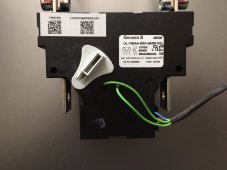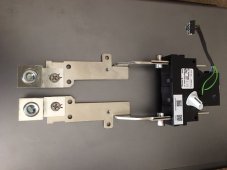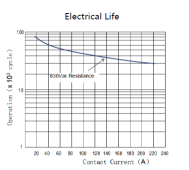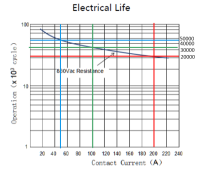The new EG4-18k looks very promising, but we need more testing to see if it can deliver.
We need to see if it has similar problems as the SolArk in certain applications:
1. AC coupling is disabled for now in off-grid mode ( according to the manual)
this effectively means it is not working!
2. Will AC coupling work with stacked units in off-grid or backup mode?
3. How about AC coupling with legacy inverters, that do not support FW, VW or VV, is there a PV disconnect relay for AC coupled inverters in off-grid mode and for compliance with EPO?
4. Need load imbalance testing at full imbalance, SolArk has problems with max imbalance.
( see Dean Abney's video at:
SolArk Testing)
5. Is the MID relay rated for 200 A?
Is the relay the top-of-the-line 200A Gruner relay as in a Tesla Powerwall MID panel or as in a FranklinWH aGate or it is a chinese knock-off?










